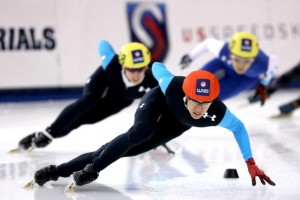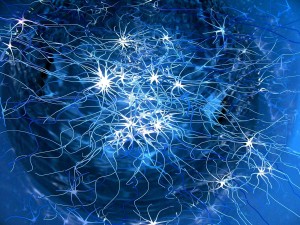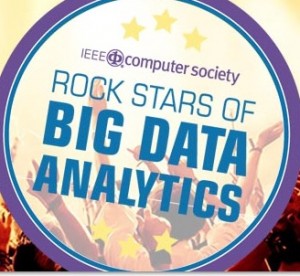A German kid caught me talking to myself yesterday. It was my fault, really. I was trying to break a hypnotic trance-like repetition of exactly what I was going to say to the tramper’s hut warden about two hours away. OK, more specifically, I had left the Waihohonu camp site in Tongariro National Park at 7:30AM and was planning to walk out that day. To put this into perspective, it’s 28.8 km (17.9 miles) with elevation changes of around 900m, including a ridiculous final assault above red crater at something like 60 degrees along a stinking volcanic ridge line. And, to make things extra lovely, there was hail, then snow, then torrential downpours punctuated by hail again—a lovely tramp in the New Zealand summer—all in a full pack.
But anyway, enough bragging about my questionable judgement. I was driven by thoughts of a hot shower and the duck l’orange at Chateau Tongariro while my hands numbed to unfeeling arresting myself with trekking poles down through muddy canyons. I was talking to myself. I was trying to stop repeating to myself why I didn’t want my campsite for the night that I had reserved. This is the opposite of glorious runner’s high. This is when all the extra blood from one’s brain is obsessed with either making leg muscles go or watching how the feet will fall. I also had the hood of my rain fly up over my little Marmot ball cap. I was in full regalia, too, with the shifting rub of my Gortex rain pants a constant presence throughout the day. I didn’t notice him easing up on me as I carried on about one-shot learning as some kind of trance-breaking ritual.… Read the rest








